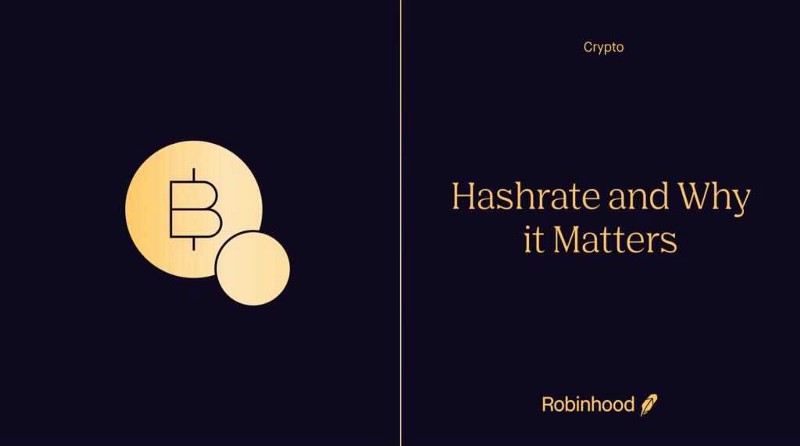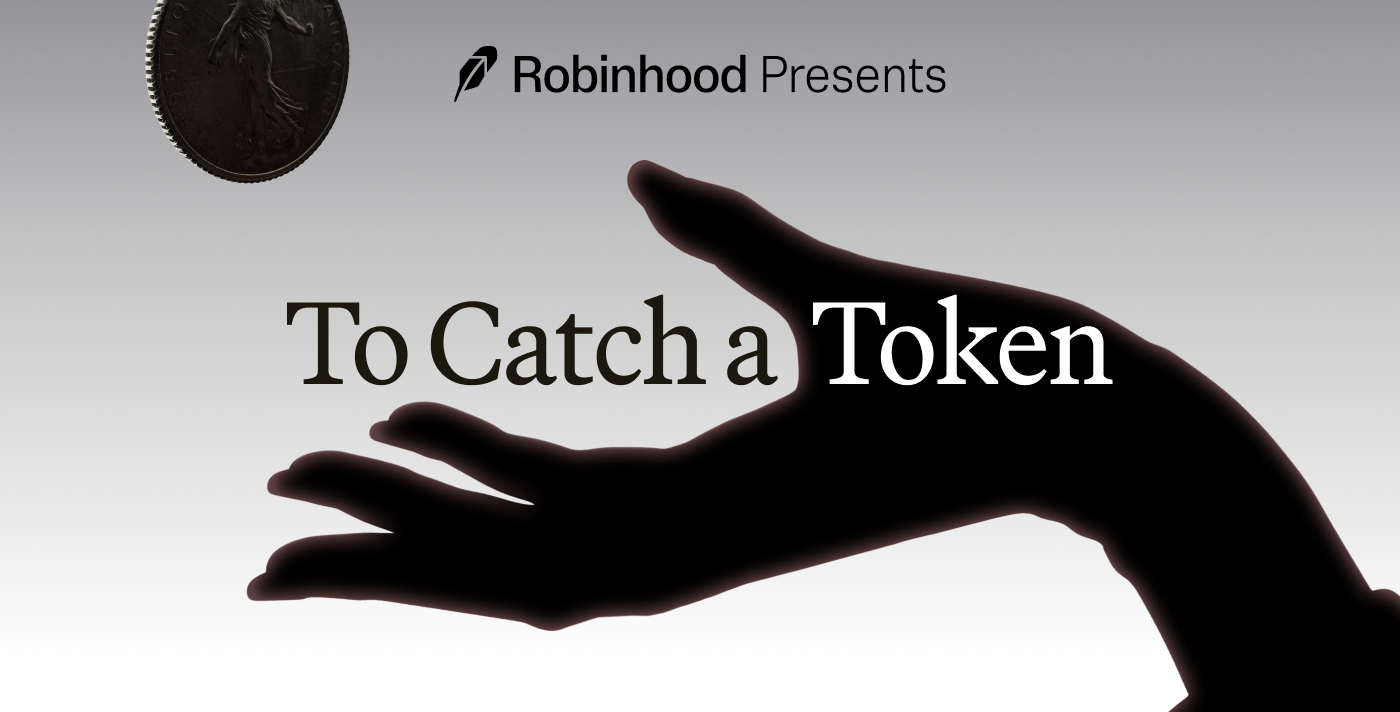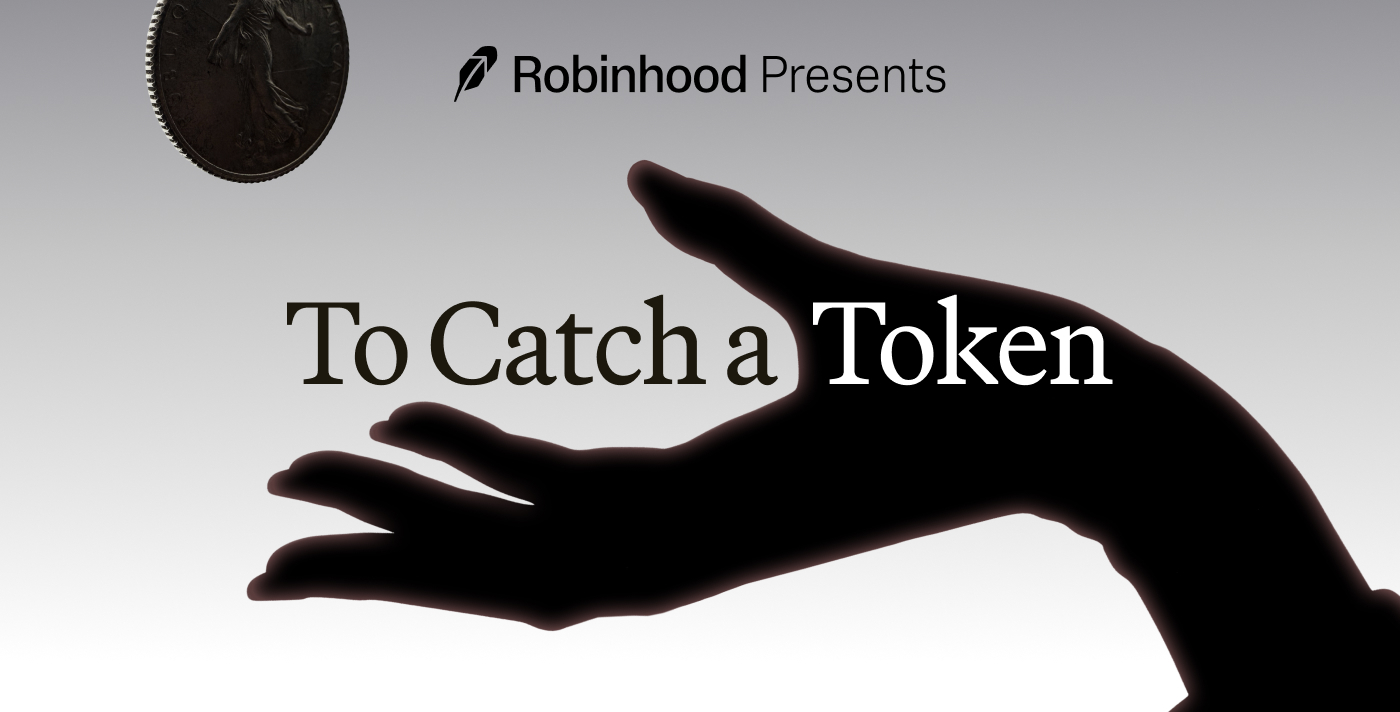Hashrate and Why It Matters

If you’ve invested in or are looking to invest in crypto, it’s important to know how crypto security protocols work to help you make informed decisions and keep your crypto secure. Crypto security can be complicated, filled with jargon and advanced math. In this blog post, we’ll break down something called hashrate and why it matters in keeping a cryptocurrency secure.
Understanding hashrate
Hashrate refers to how much computing power is being used by a network (for example, the Bitcoin network) to mine and process transactions. It can help investors gauge the health and security of a cryptocurrency’s network.
For crypto investors, hashrate is an important measure of how decentralized a cryptocurrency’s proof of work network may be against bad actors. That’s because the higher a hashrate is, the more difficult and costly it is for someone to attack the network. A sudden decrease in hashrate could lead to crypto platforms halting trading or delisting a coin in order to protect their customers.
How hashrate is measured
A hashrate is a measure of how many calculations can be performed per second and can be measured in billions, trillions, quadrillions, and quintillions. For example, a hashrate of 1TH/s means one trillion calculations can be performed every second.
These calculations that are being measured relate to mining. Mining is the process of verifying and adding transactions to a blockchain network, such as Bitcoin. People who mine cryptocurrency often use specialized hardware that can perform many trillions of calculations a second. In exchange for verifying and adding transactions, miners are rewarded with crypto.
Generally, the more miners participating in a network, the higher that network’s hashrate is because there are more miners competing for the reward. The fewer miners, the lower the hashrate.
What causes the hashrate to change
A lot of things can affect the hashrate. Miners can choose which cryptocurrencies they want to mine. Since mining involves costs (energy, hardware, time) miners are incentivized to mine cryptocurrencies with the highest potential return on investment.
A high hashrate indicates there’s more competition, but the reward could still be worth it. For example, the Bitcoin hashrate has been as high as 179 exahashes per second (1 exahash = 1 quintillion), but miners were still incentivized to participate because the potential reward was worth the cost.
Miners generally decide which coins they want to mine by evaluating the cost to mine a coin versus the reward. Take Bitcoin for example. Every couple weeks, the Bitcoin protocol automatically adjusts how difficult it is to mine new bitcoins based on the current hashrate. When the hashrate is high, the mining difficulty is high. When the hashrate falls, the difficulty falls with it.
Depending on that difficulty, miners can calculate if it’s worth their effort to mine that particular crypto. It’s a self-regulating system.
What happens if the hashrate decreases
A lower hashrate means less computing power is required to verify and add transactions to that cryptocurrency’s blockchain. This could make that cryptocurrency less decentralized because it would take fewer miners to take over the network.
The less decentralized a cryptocurrency is, the more risk associated with it. If a bad actor takes over a network, they can heavily disrupt the network. This poses a huge risk for investors and crypto exchanges.
If a cryptocurrency’s hashrate is steadily or rapidly decreasing, crypto platforms may choose to limit trading or delist that crypto to protect their customers and the platform itself from loss of funds. Robinhood monitors hashrate changes for the cryptocurrencies we offer, and in the event a coin’s hashrate decreases to a level that poses a security risk for our customers, we may take steps including limiting trading.
What happens if the hashrate increases
A higher hashrate means more computing power is required to verify and add transactions to that cryptocurrency’s blockchain. This makes that cryptocurrency more secure because it would take more miners — and cost more in energy and time — to take over the network. If you hold crypto assets we suggest you take a look at their hashrates.
How to keep track of hashrates
There are many websites that track hashrate, such as BitInfoCharts. You can view the hashrate for the coins we offer here:
Cryptocurrency trading offered through Robinhood Crypto, LLC (NMLS ID 1702840). Robinhood Crypto is licensed to engage in virtual currency business activity by the New York State Department of Financial Services. Robinhood Crypto accounts are not subject to FDIC or SIPC protections.


